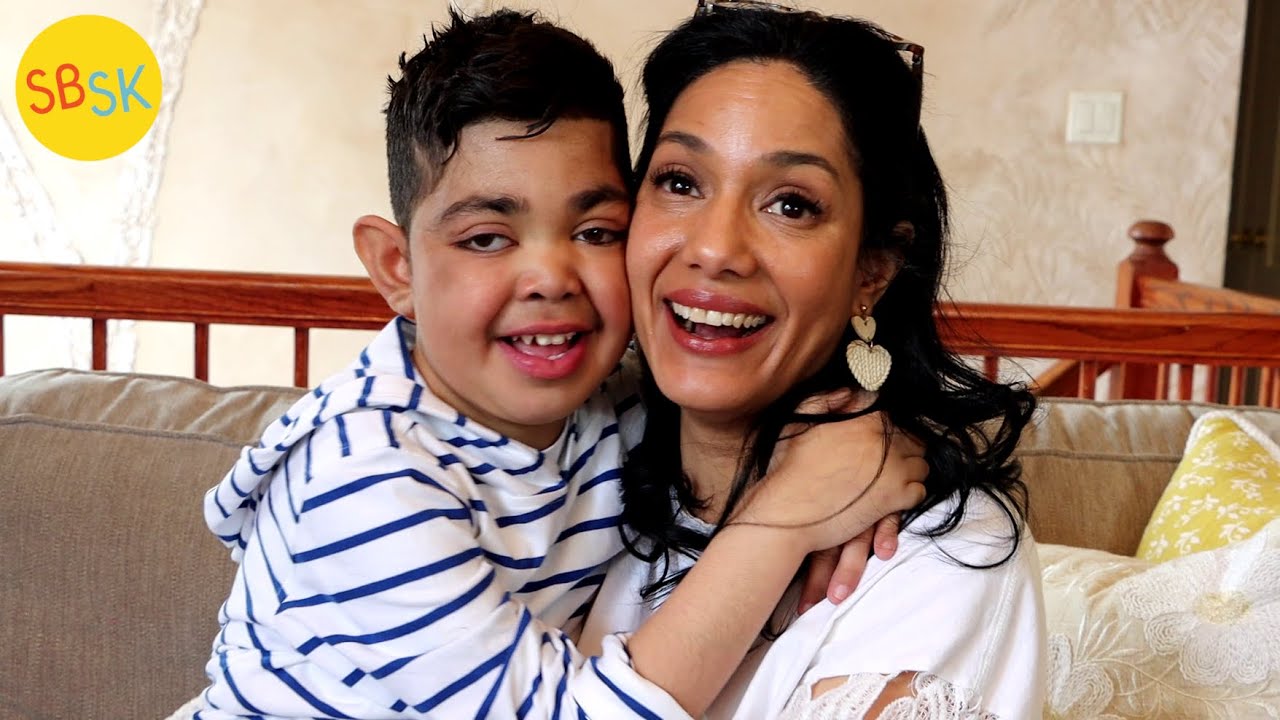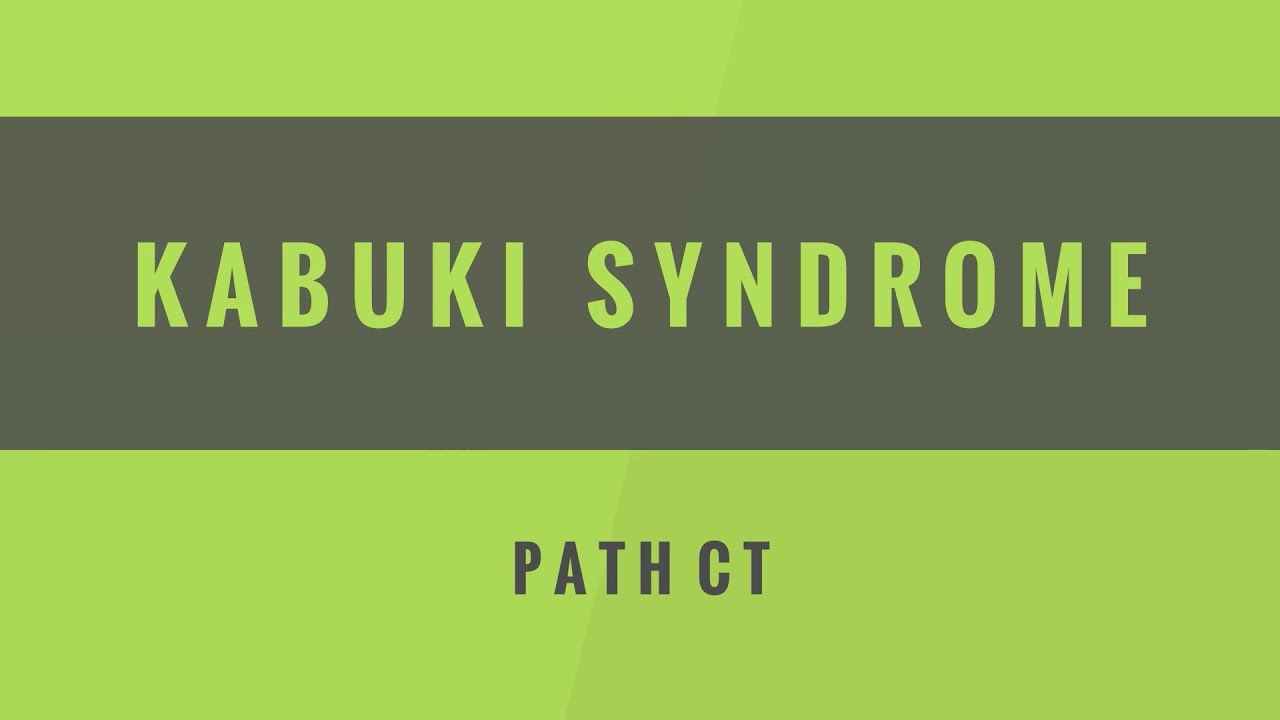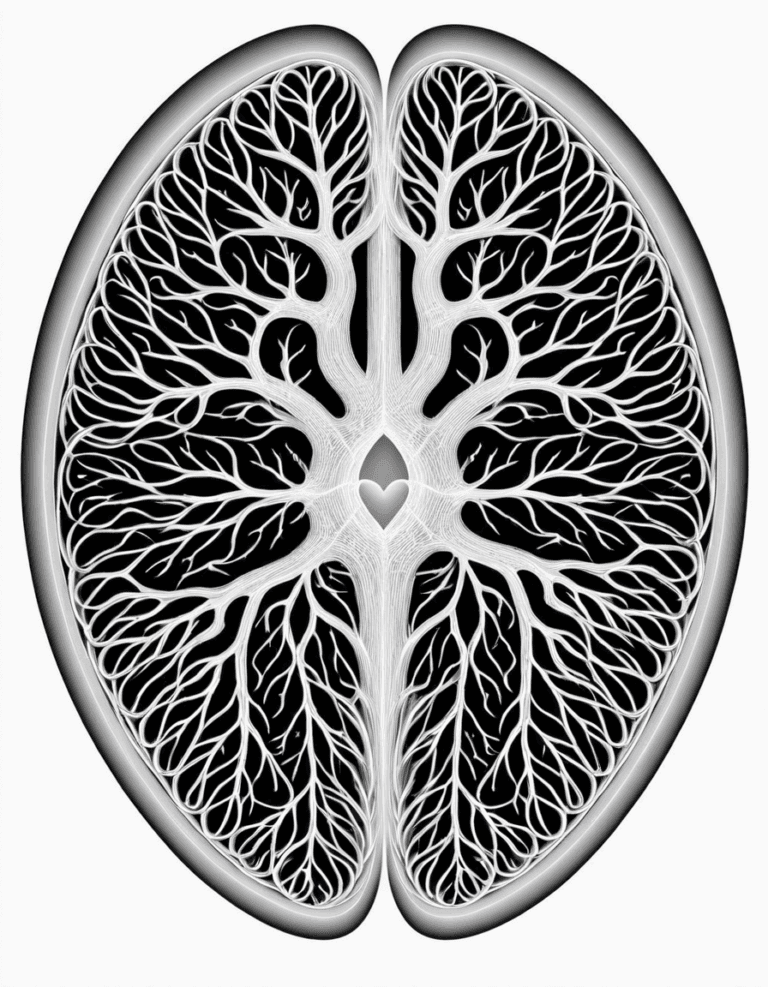Kabuki Syndrome is more than just a rare genetic disorder; it represents a set of challenges and opportunities that many individuals face every day. Often characterized by distinctive facial features and developmental delays, Kabuki Syndrome presents a uniquely shaped path for those affected. With a better understanding of this condition, we can make strides in awareness and support. Let’s dive deep into what Kabuki Syndrome entails and how we can rally behind the community to inspire change, resilience, and empowerment.

Key Characteristics of Kabuki Syndrome
Kabuki Syndrome’s hallmark traits set the stage for its diagnosis and management. Here are some defining features:

The Top 5 Unique Challenges Faced by Individuals with Kabuki Syndrome
Living with Kabuki Syndrome brings distinct challenges that extend beyond its physical characteristics. Here’s a closer look at the hurdles families face:

Comparing Kabuki Syndrome with Tietze Syndrome and Waardenburg Syndrome
To fully appreciate Kabuki Syndrome, it helps to understand how it compares with other syndromes like Tietze Syndrome and Waardenburg Syndrome:

Latest Research and Insights into Kabuki Syndrome
The future for individuals with Kabuki Syndrome looks hopeful, thanks to groundbreaking advances in genetics. Researchers are actively exploring targeted therapies to address specific genetic mutations causing the condition. For instance, ongoing trials are investigating how molecular therapies can alleviate some developmental delays associated with the syndrome.
Genomic studies also highlight the critical role of early diagnosis in enhancing health outcomes. Families with a history of Kabuki Syndrome are increasingly advised to undergo genetic screening. Early intervention can lead to better support systems in health, education, and emotional well-being, empowering families to navigate challenges more effectively.

Innovating Support Systems for Kabuki Syndrome
As awareness spreads, organizations like the Kabuki Syndrome Network have emerged, providing essential resources for families. This network disseminates educational materials, connects families with specialized healthcare professionals, and fosters a sense of community among individuals battling Kabuki Syndrome.
The initiative to advocate and raise awareness is one we cannot overlook. With dedicated efforts, families can find not just understanding but also acceptance in a world that’s often fraught with misconceptions. This community support plays an instrumental role in improving daily life for those affected by Kabuki Syndrome.
A Holistic Approach to Living with Kabuki Syndrome
To confront the challenges of Kabuki Syndrome, we require a comprehensive approach that combines advancements in medical care, community support, and educational resources. These components work in tandem to empower individuals affected by this syndrome. As more awareness spreads and actionable support is mobilized, individuals will not just live their lives—they’ll thrive.
In today’s rapidly changing landscape, our commitment to education, understanding, and advocacy can break down barriers. This unified effort will revolutionize the lives of those living with Kabuki Syndrome, ensuring they receive the recognition and care they truly deserve. Remember, a strong community uplifts each member, paving the way for brighter futures. So, let’s keep pushing forward together, raising awareness, and fostering an inclusive society for all.
Kabuki Syndrome: Understanding Its Unique Challenges and Features
Fun Facts and Trivia about Kabuki Syndrome
Did you know that kabuki syndrome is named after a traditional Japanese theater? Just like kabuki theater, which features elaborate makeup and costumes, individuals with kabuki syndrome may have distinctive facial features and other characteristics that set them apart. This genetic disorder can affect various parts of the body, making it a unique journey for those and their families. Speaking of journeys, it’s fascinating how kiwi Benefits can provide essential nutrients, which might be particularly helpful for families looking to boost their health while managing the challenges of kabuki syndrome.
Transitioning to health implications, some children with kabuki syndrome might experience respiratory issues. For these situations, knowing the best decongestant options can make a significant difference in comfort and overall health. You might also be surprised to learn that kabuki syndrome can sometimes co-occur with other conditions. One such example is Klippel Feil syndrome, which affects the vertebrae and is often prevalent in individuals with this disorder. It emphasizes the importance of a comprehensive understanding of the patient’s needs to provide the best care possible.
But let’s switch gears a bit! Families dealing with kabuki syndrome often face social and emotional challenges, which might even include family taboos about discussing health issues. This silence can make it harder to seek advice and support from those around them. Meanwhile, engaging in hobbies, like brewing kombucha, can be an excellent way to create community and foster connections. The Benefits Of Kombucha may even provide unexpected wellness boosts to those supporting loved ones with kabuki syndrome.
At the end of the day, awareness around kabuki syndrome not only helps in providing support but also fosters understanding and acceptance. Remember, life can resemble a movie, much like the excitement found in the Godzilla Minus One Blu Ray collection—where challenges and triumphs come together in a stunning narrative. So, whether tackling the intricacies of health or the emotional depths of family dynamics, every little fact and story matters in our collective adventure.



























